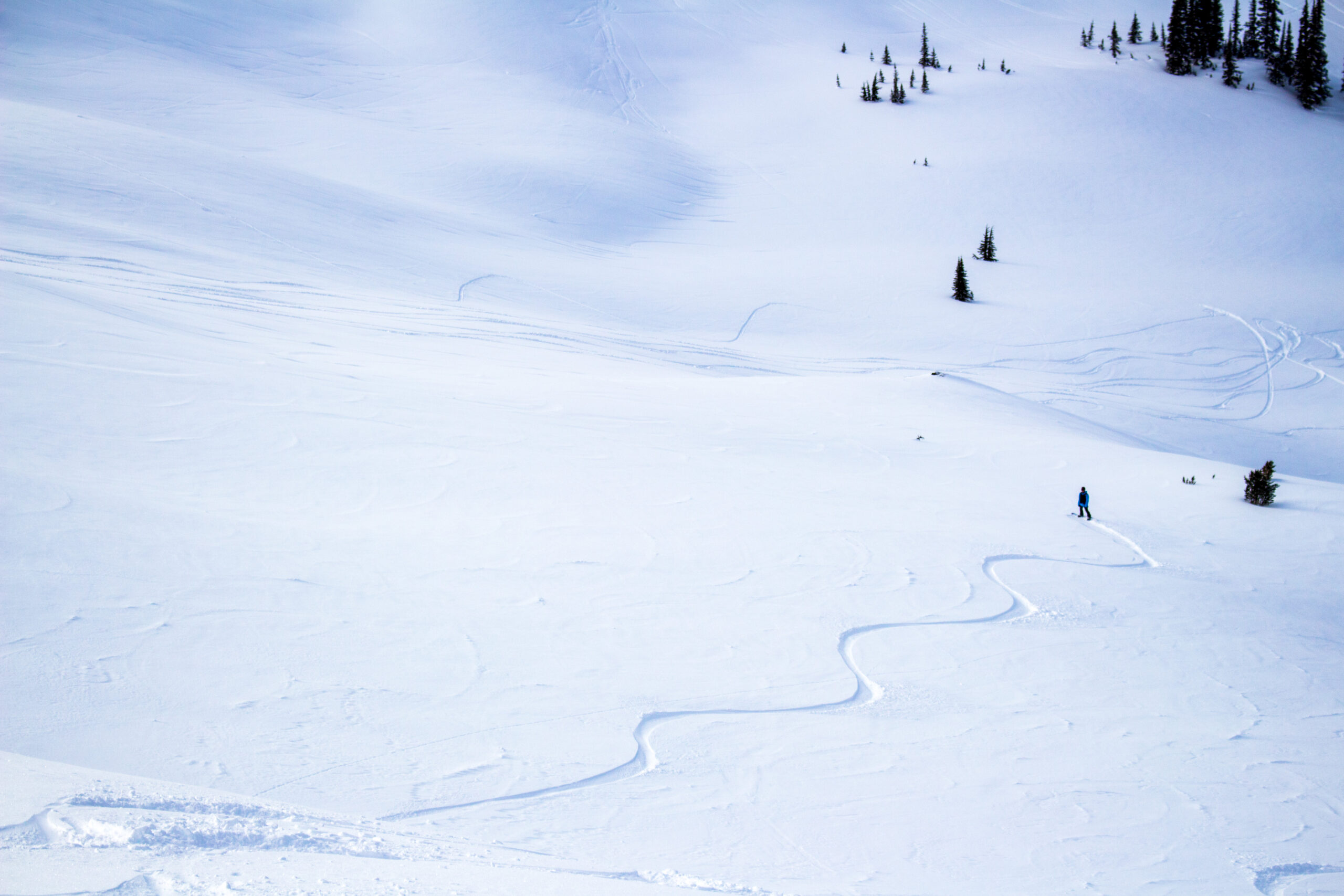Mastering Composition: Tips for Better Photos
Great photography isn’t just about having the right gear—it’s also about knowing how to frame your shots. Composition is the art of arranging elements within your photo to create a balanced, engaging image. Here are some essential composition tips to help you take your photography to the next level.
Rule of Thirds
The rule of thirds is one of the most well-known composition techniques. Imagine your image divided into nine equal parts by two horizontal and two vertical lines. The key is to place your main subject along these lines or at their intersections. This technique creates balance and draws the viewer’s eye naturally to the subject.
Tip: Many cameras and smartphones have a grid overlay option that helps you apply the rule of thirds while composing your shot.
Leading Lines
Leading lines are natural or man-made lines in your photo that guide the viewer’s eye towards the main subject. These can be roads, rivers, fences, or even shadows. When used effectively, leading lines create a sense of depth and draw attention to the most important part of your image.
Tip: Experiment with different angles to find the most compelling lines in your scene.
Symmetry and Patterns
Symmetry and patterns can create striking compositions. Symmetry brings a sense of harmony and balance to your photo, while patterns can be visually interesting and draw the viewer in. Look for reflections, architectural elements, or repeating shapes to incorporate these techniques into your shots.
Tip: Break the symmetry intentionally for a more dynamic and thought-provoking image.
Framing
Framing involves using elements within the scene to create a “frame” around your subject. This could be anything from a doorway, window, arch, or even branches of a tree. Framing adds depth to your photo and helps focus attention on the subject.
Tip: Move around your subject to find natural frames that enhance the composition.
Fill the Frame
Sometimes, less is more. By getting close to your subject and filling the frame, you eliminate distractions and emphasize the details that matter most. This technique is particularly effective for portraits or detailed shots where the focus should be on the subject’s features.
Tip: Be mindful of the background and try to keep it simple to avoid taking attention away from the main subject.
Negative Space
Negative space is the area around your subject, and it can be just as important as the subject itself. By leaving plenty of negative space, you can create a sense of simplicity and isolation, making the subject stand out more. This technique often results in a more minimalist, yet powerful image.
Tip: Use the sky, water, or plain backgrounds to create effective negative space.
Use Diagonal Lines
Diagonal lines add movement and energy to your composition. They lead the eye through the photo and can create a more dynamic feel compared to horizontal or vertical lines. Look for opportunities to incorporate diagonal lines in your images, such as staircases, paths, or even the angle of a mountain.
Tip: Tilt your camera slightly or change your perspective to create diagonal lines in a scene.
Consider the Background
A cluttered or distracting background can take away from your subject. Always be aware of what’s behind your subject, and if possible, move around to find a cleaner, more complementary background. A simple background helps keep the focus on the subject and enhances the overall composition.
Tip: Use a wide aperture (small f-number) to blur the background and make your subject stand out more.
Golden Ratio
The golden ratio is a more advanced composition technique, similar to the rule of thirds but based on a specific mathematical ratio that appears naturally in nature. The idea is to position the main elements of your photo along a spiral or grid based on this ratio, leading to a more aesthetically pleasing image.
Tip: Many photo editing tools have a golden ratio overlay to help you crop and adjust your images post-shoot.
Experiment with Perspective
Don’t be afraid to change your perspective. Get low to the ground, shoot from above, or find an unusual angle to capture a scene differently. Changing your viewpoint can add interest and make a common scene feel fresh and unique.
Tip: Look for reflections, shadows, or unique angles to add a creative touch to your composition.
Final Thoughts
Good composition can turn an ordinary photo into something extraordinary. By applying these tips and practicing regularly, you’ll start to see the difference in your photography. Remember, these rules are just guidelines—don’t be afraid to break them and experiment to find your own style!



